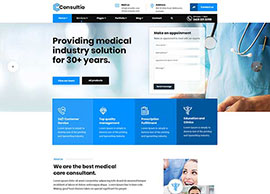CE Mark
CE is an acronym for the French phrase “Conformite Europeene” and is similar to the UL or CSA marks of North America. Unlike UL or CSA which require independent laboratory testing, the CE mark can be applied by the manufacturer through a “self-certifying” procedure that verify that products are designed to the appropriate standards.
The European Union has issued 24 directives related to the CE mark.

Before manufacturers and exporters can CE-mark their products and legally sell them to, or within, the European common market, they must be in compliance with the applicable CE Marking Directive.
- The CE mark states that the manufacturer confirms the product to be within applicable EU directives.
Note! The CE Marking is not a safety mark and must not be confused with a certificate. CE marking will never be granted by a third party test house or a certification body.1)
The manufacturer is responsible for non-compliance and liable for any damage caused by the product. If the manufacturer (or his authorized representative) is not based within the EU, the importer is responsible for the product in Europe.
If a product is not in compliance with the directives, it may be restricted, prohibited from sale or even withdrawn from the market.
1) Be aware that this is not always true. It depends entirely on which European Directive the CE-marked product has to comply with. For example the Pressure Equipment Directive # 97/23/CE requires a 3rd party (“notified body”) for some products that have specific pressure & dimensional characteristics (that are specified in the directive), so you are not allowed to apply the CE mark (i.e. you can’t sell your products & issue the CE certificate) if no notified body has approved your design/quality/manufacturing documents.








































